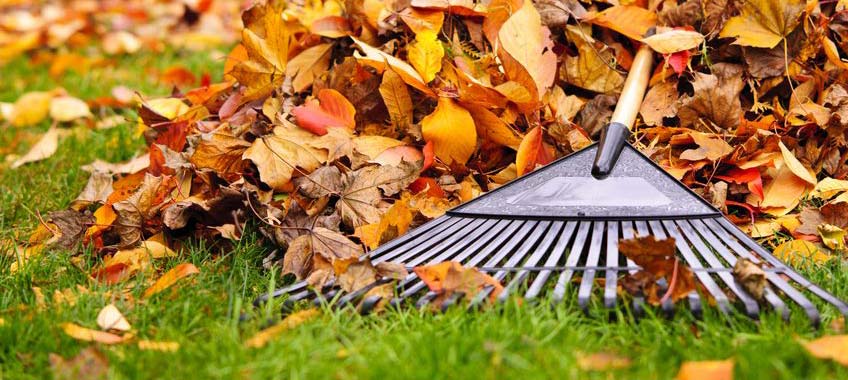
Fall is a great time to think about preparing your lawn for the spring – before the weather turns too cold. Most people assume that with the cooler temperatures approaching, lawn care can take a back seat to other things happening in the yard. This isn’t exactly true. Depending on the variety of turf-grass you have and where in California you live, maintaining your lawn in autumn is just as crucial as other seasons.
Mowing
Fescue turfgrass will continue to grow all through the fall and winter – especially in the warmer California climates. Lower the blade on your mower to allow sunlight to penetrate more deeply and provide a greener grass during the colder winter months.
Bermuda grasses will go dormant during the colder weather, minimizing the need for mowing, fertilization or irrigation. Many homeowners opt to over-seed their Bermuda grass with Ryegrass to provide year-round green. Ryegrass will need mowing and it’s best height is between 1.5 and 2 inches.
Fertilizing
Continue to fertilize Fescue every 8 to 10 weeks with an all-purpose fertilizer such as 21-7-14. In fact, if you are one of the busier homeowners that only fertilizes your lawn once a year, fall is the best time. Though the blades of grass may grow more slowly, the root system builds during the cooler weather.
If you’ve gone with the Ryegrass over top of your dormant Bermuda, fertilize with an all-purpose fertilizer such as 21-7-14 to keep the grass green through the winter months.
If you have dormant Bermuda grass, no fertilization is required in the cooler months of fall and winter.
Weed Control
Most areas of California are warm enough through the winter months that weeds can still be a problem. Some weeds love to spread seeds in the fall so applying a pre-emergent grassy and broadleaf weed killer during the fall can protect your lawn from invading plants. If you already have an infestation of weeds, take a sample to a local nursery home improvement center and get a recommendation of how to eradicate that type of weeds.
Irrigation
As the weather cools, you can gradually cut back irrigation length and frequency on Fescue turfgrass. If regular rains occur, you may be able to totally shut off irrigation for extended periods of time. Turf appearance will generally indicate if it is being watered enough in the winter.
Dormant Bermuda grass requires no additional watering during dormancy. Bermuda overseeded with Ryegrass does require water similar to Fescue turfgrass.
Light and Air
In addition to fertilizer and water, your lawn needs plenty of sunlight and carbon dioxide from the air to keep it looking fresh and green through the fall and winter months. Be sure to regularly rake leaves off of the lawn and consider aerating to allow fertilizers and airborne nutrients to better penetrate into the root systems.


